In early October I spent the weekend in Virginia Beach at the “Warbirds Over the Beach” airshow. This sixth post on the air show include some more Great War airplane pictures that I took, and a few other pictures.
Fokker became famous during the Great War. In addition to inventing the first working synchronized machinegun, he also built a few nice planes. The first famous one was the Fokker Eindecker (E.I, E.II, E.III and two gunned E.IV, etc.), which was basically a French Morane Saulnier G with a metal frame and a Oberursel U.I. 9-cylinder rotary engine with 100 horsepower. This was a license built copy of the French Gnome Delta. The Morane Saulner G also used a Gnome engine (80 horsepower version). Below is a picture of replica of a Fokker E.III:
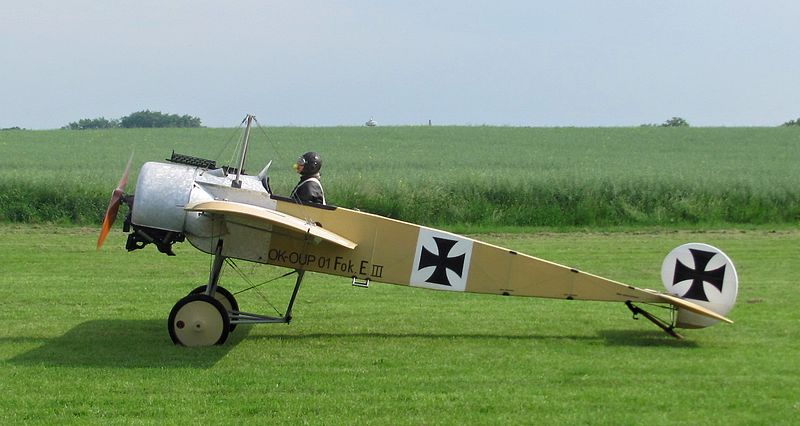
The next famous Fokker, and arguably the most famous, is the Fokker DR.1 triplane. All Great War airshows seem to have one of these. This show had two. It was the plane that Baron Manfred von Richthofen (“The Bloody Red Baron”) scored his last 17 kills with and was shot down in.



And then there was the Fokker VII. There were two copies in the museum, but none flying that weekend.
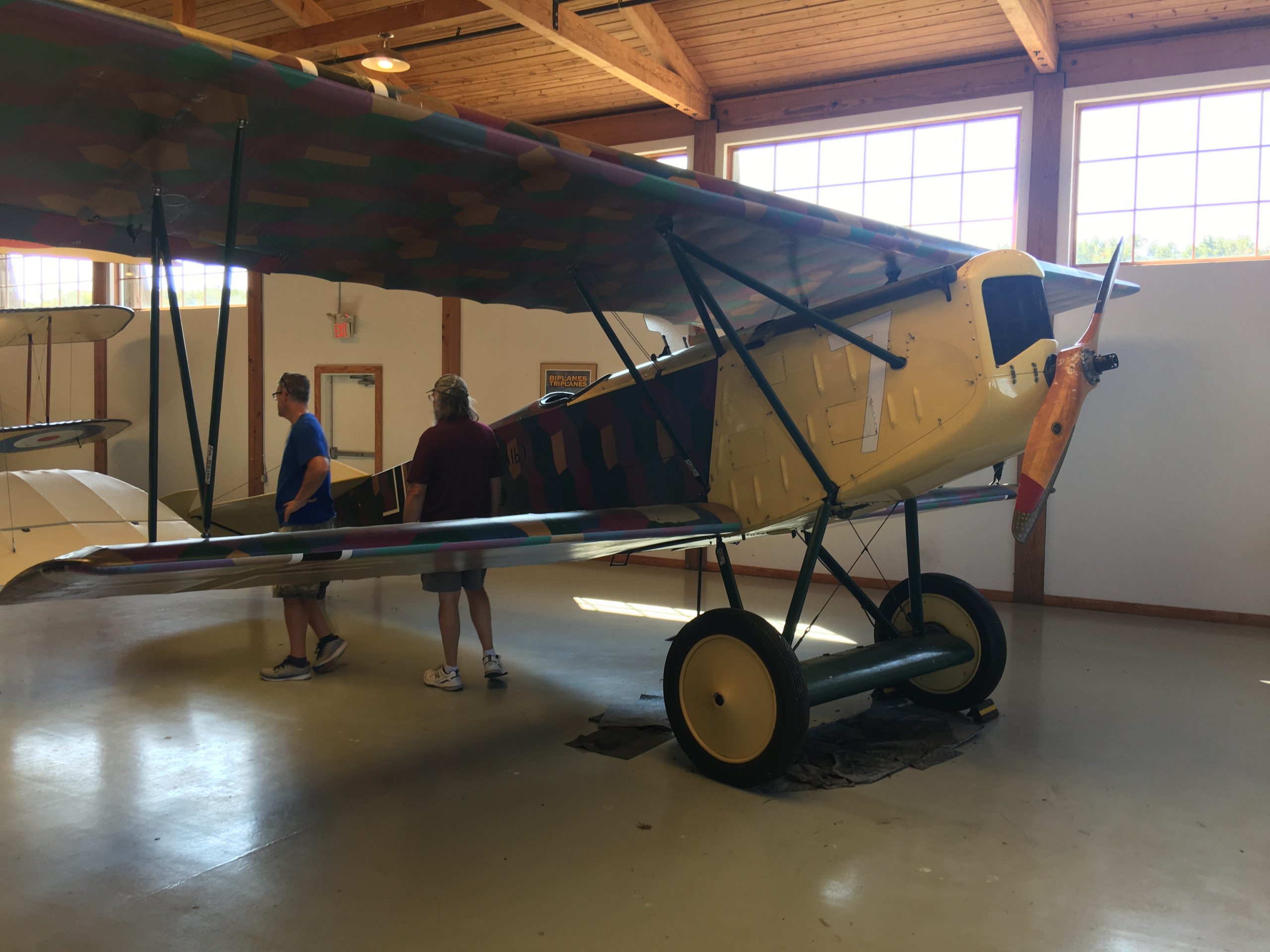
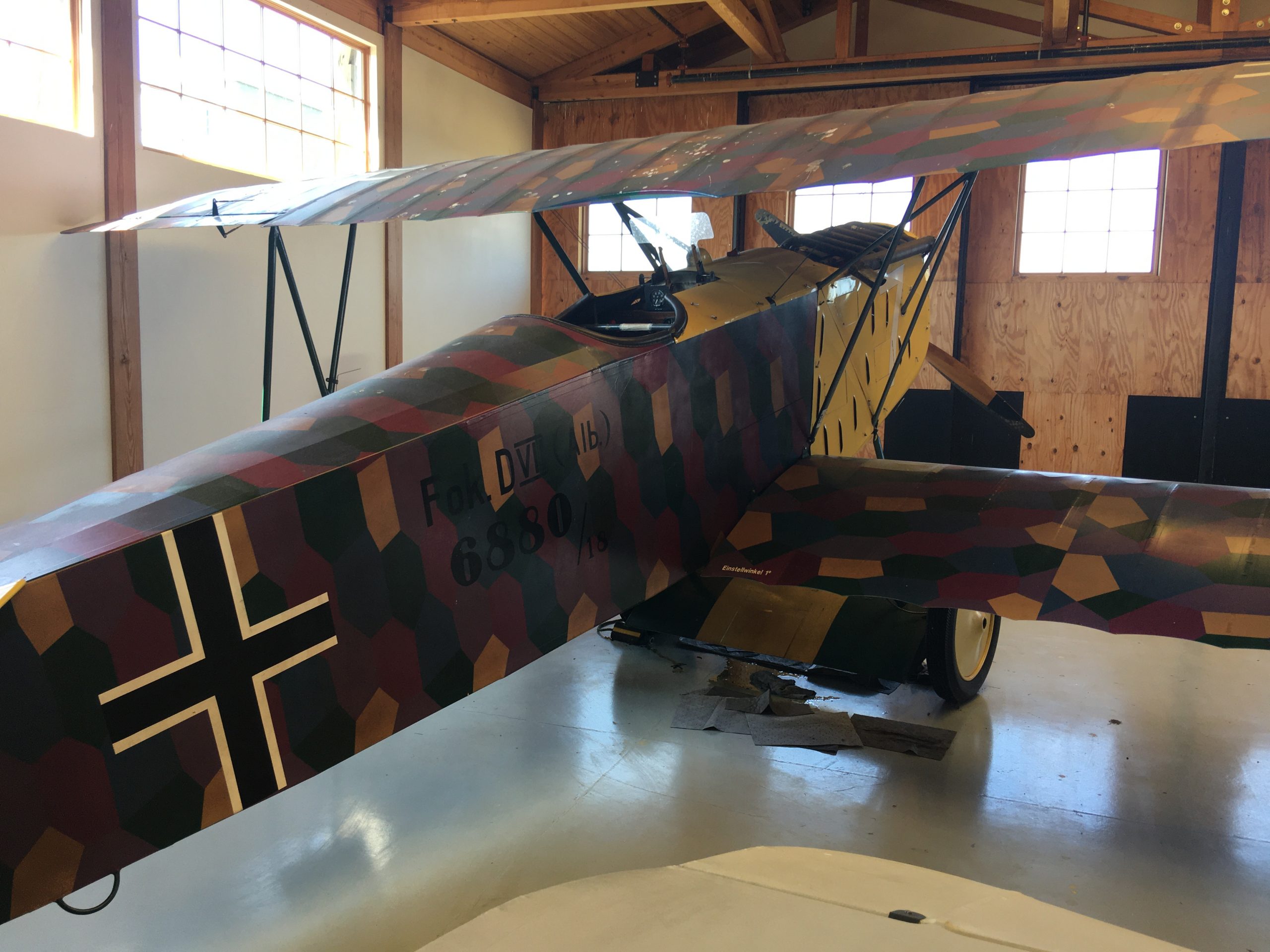
Note: As indicated in the side markings, this Fokker DVII was built by Albatross. Below is a Fokker built by Fokker.

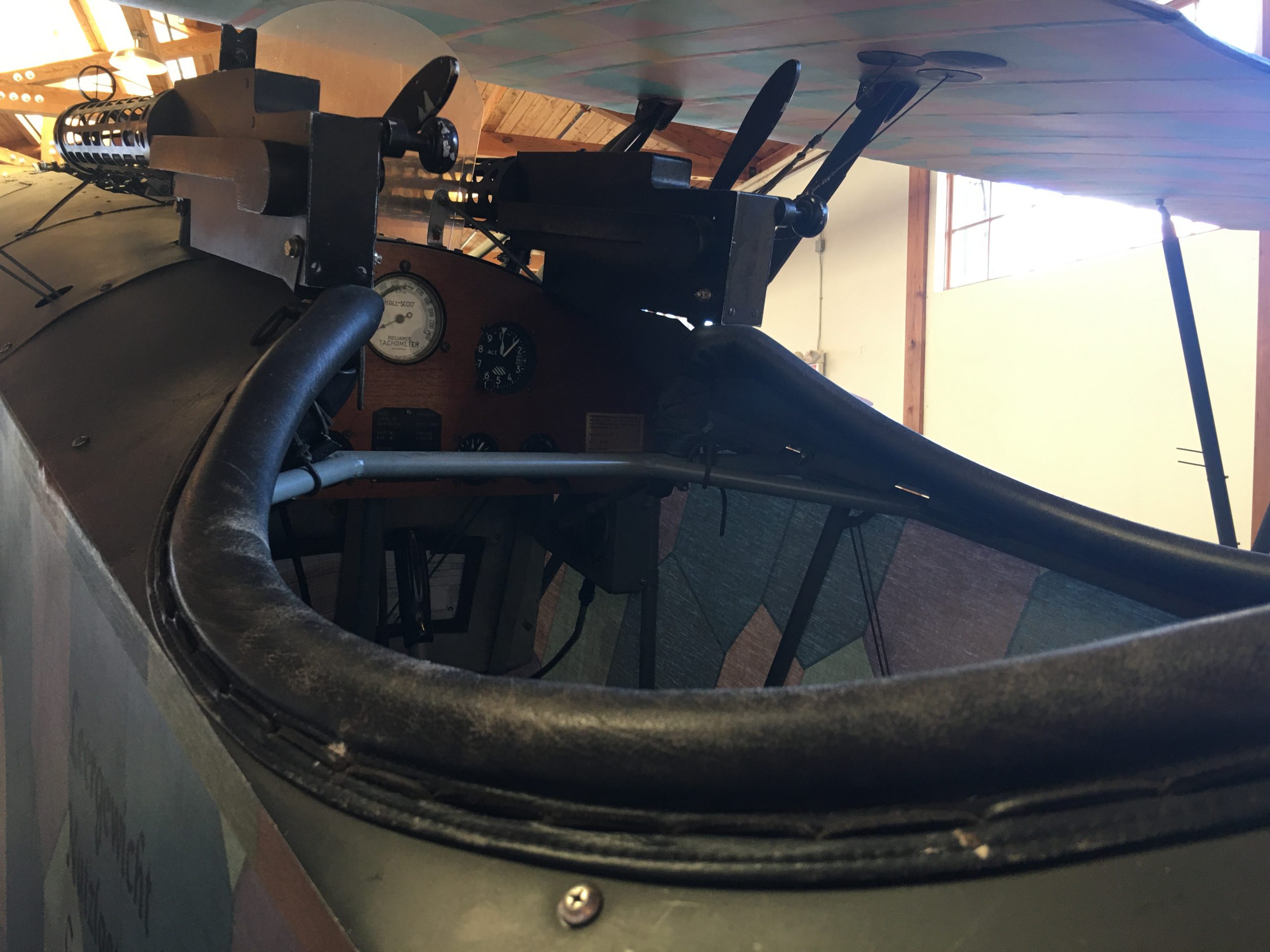
And then there was the Fokker D.VIII, back to using a single wing after using three and then two.



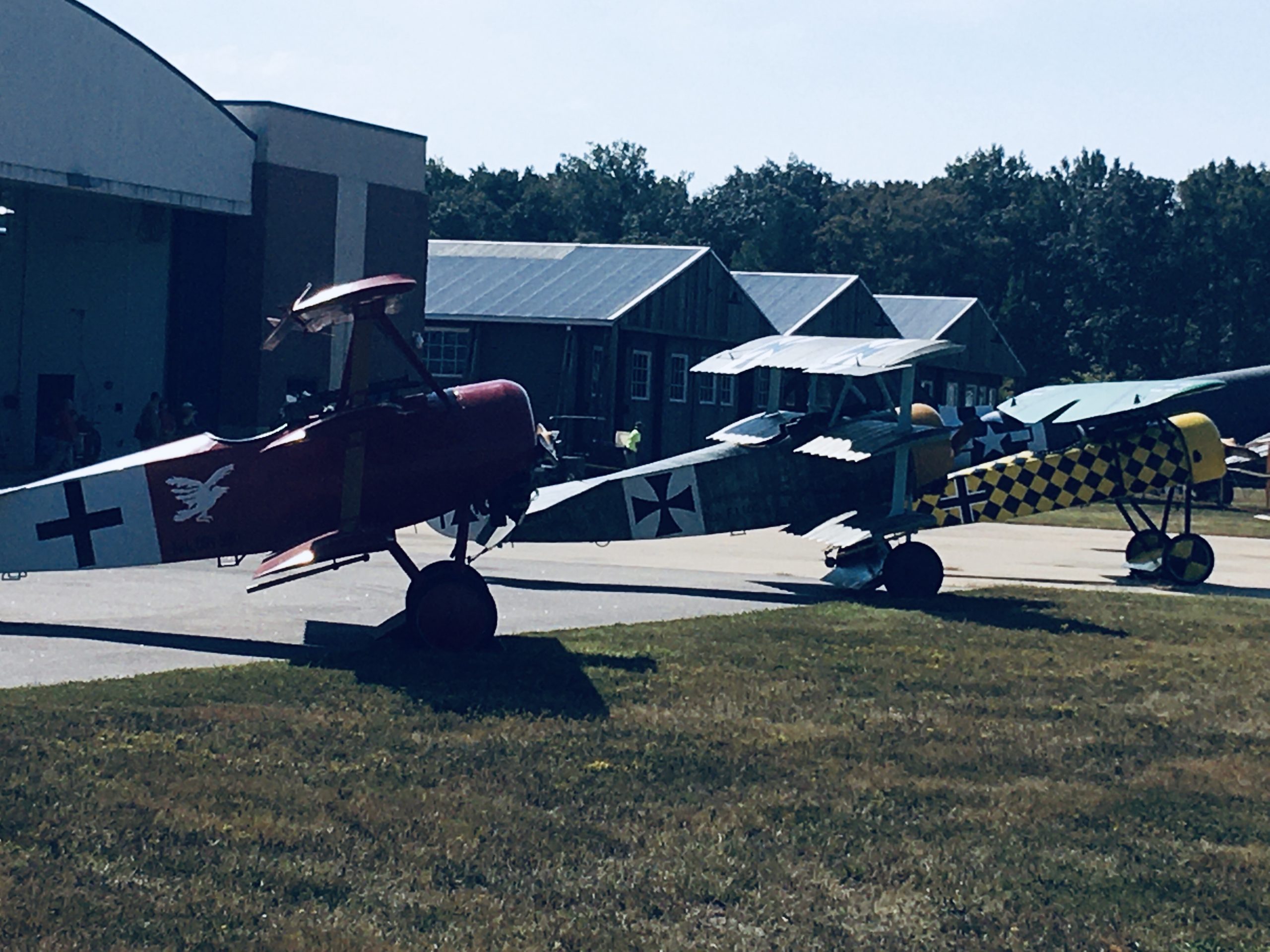
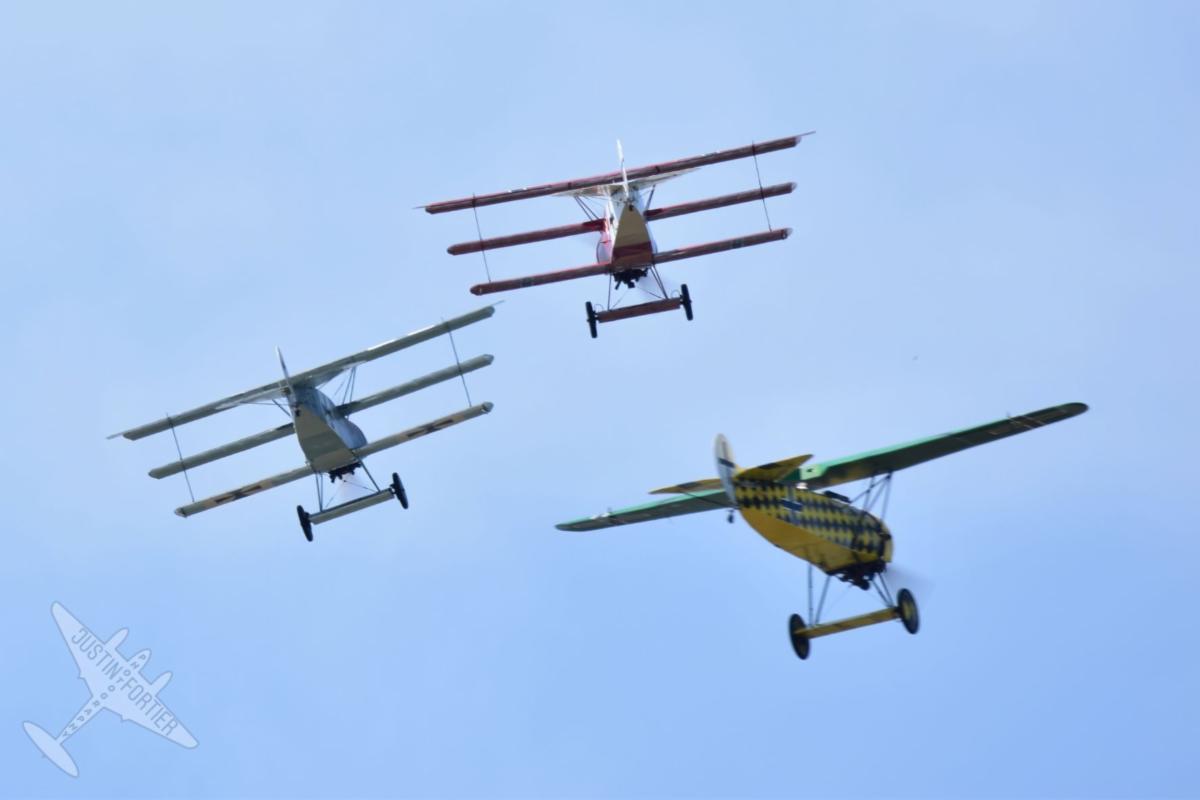
Anthony Fokker was Dutch, not German. After the war he moved back to Holland and then to America. He passed away in New York City in 1939 at the age of 49. This was one of his famous post-Great War planes:

This plane made the first ever trans-Pacific flight from mainland United States (Oakland, CA) to Brisbane, Australia in 1928. It was a distance of 7,250 miles (11,670 kilometers). It did stop at Hawaii and Fiji along the way. The crew was two Australian pilots and two Americans, a navigator and a radio operator.

In addition to what you noted, the Fokker Trimotor is the plane Amelia Earhart crossed the Atlantic in and latter Charles Kingsford Smith circumnavigated the globe in. So it was indeed a pretty famous plane in its day. That was one of the last, or close to last planes, that Fokker would have built with him still in charge of the company.
A number of interesting Fokker planes flew in WW2: mostly for the Polish and Dutch early on. I think Finland had some as well, which they would have flown in the Winter War. Put by that point Fokker, the man, was note with the company.